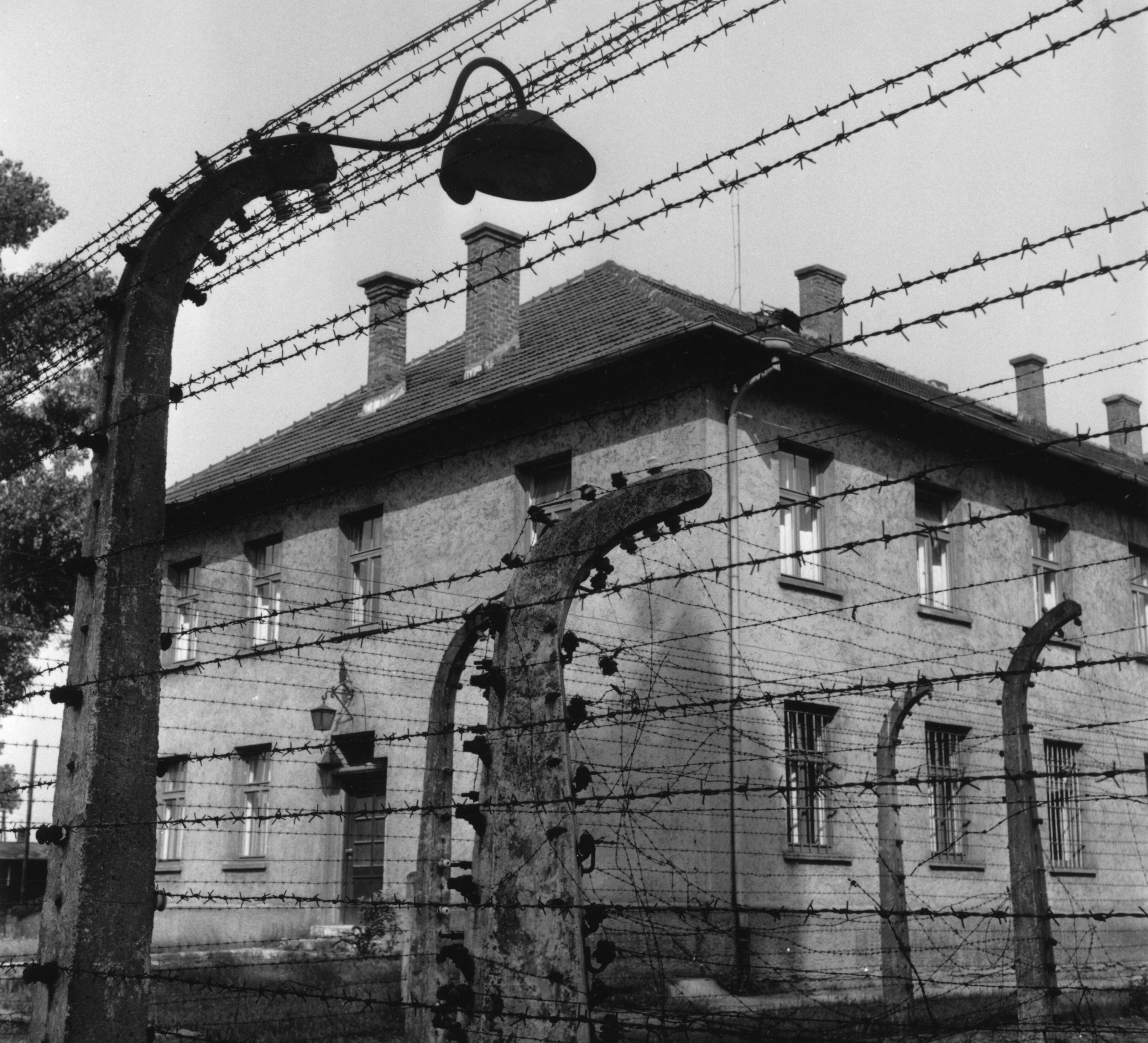There is something about sound that upends the human psyche. That’s certainly the case in Jonathan Glazer’s latest film, “The Zone of Interest.”
The film follows a family through their daily routine. There’s a birthday celebration; the family dog that wants to follow its owners from room to room; a daughter who has sleepwalking issues.
Except these aren’t normal times, and this isn’t a normal family.
The characters in question are Rudolph Höss, the Nazi commandant of the Auschwitz death camp, his wife Hedwig, and their five small children. The family lives an upper-middle-class suburban life, with one small hitch: they share a wall with Auschwitz.
From its opening in 1940 to the camp’s liberation in 1945, over 1.1 million men, women and children were systematically murdered at Auschwitz. More than 11 million were killed in the Holocaust — six million of whom were Jews.
Yet Glazer’s camera never focuses on mass murder. Instead, the viewer is left with only a handful of impressionistic shots — flowers being grown with the ashes of human remains or a shot of water running red as Hoss’ boot heels are cleaned after a day’s “work.”
Viewers never go inside the gates of Auschwitz, but they hear its horrors. The constant ambient soundscape suggests the untold terrors within. Distant gunshots, the hum of machinery, dogs snarling, train whistles and the shrieks of parents separated from children. One never truly sees the Holocaust unfold, which makes Glazer’s portrayal of it all the more of a gut punch.
“Since Rudolph is not affected in his everyday life by what he does or sees within the concentration camp, Glazer would like us to imagine living in the same way as Rudolph,” writer and filmmaker Enid Tihanyi Zentelis wrote for Talkhouse. “Because the Holocaust has been so fully written about and analyzed by historians, it makes for an ideal study of humankind’s ongoing capacity for violence, depravity and staggering lack of empathy, no matter what country or time period we consider.”
Called “a study in extreme cognitive dissonance” by the Guardian, “Zone of Interest” does feature one strand of hope in the form of a young girl.
Shot on a thermal imaging camera, the film pivots from its hauntingly ordinariness to nighttime scenes that follow a young woman moving “almost ghostlike by the camera,” according to the Guardian. “[She] clandestinely moves through a construction site beneath a railway that runs into the camp. She places apples in the earth for the starving prisoners on work duty to find the following day.”
This particular scene is a result of Glazer meeting a 90-year-old Polish resistance fighter by happenstance. The woman, called Alexandria, was just 12 when she began defying the Nazis and hiding apples and other food for the prisoners of Auschwitz.
While speaking to Alexandria, the woman revealed that she had discovered a small sheet of music while laying out food, which turned out to have been composed by an Auschwitz prisoner, composer Joseph Wulf, who survived the war.
“She lived in the house we shot in,” Glazer told the Guardian. “It was her bike we used, and the dress the actor wears was her dress. Sadly, she died a few weeks after we spoke.”
Her defiance, however, became a ray of sunlight for Glazer amid the darkest subject matter.
“That small act of resistance, the simple, almost holy act of leaving food, is crucial because it is the one point of light,” he recounts for the Guardian. “I really thought I couldn’t make the film at that point. I kept ringing my producer, Jim, and saying: ‘I’m getting out. I can’t do this. It’s just too dark.’ It felt impossible to just show the utter darkness, so I was looking for the light somewhere and I found it in her. She is the force for good.”
Claire Barrett is the Strategic Operations Editor for Sightline Media and a World War II researcher with an unparalleled affinity for Sir Winston Churchill and Michigan football.





